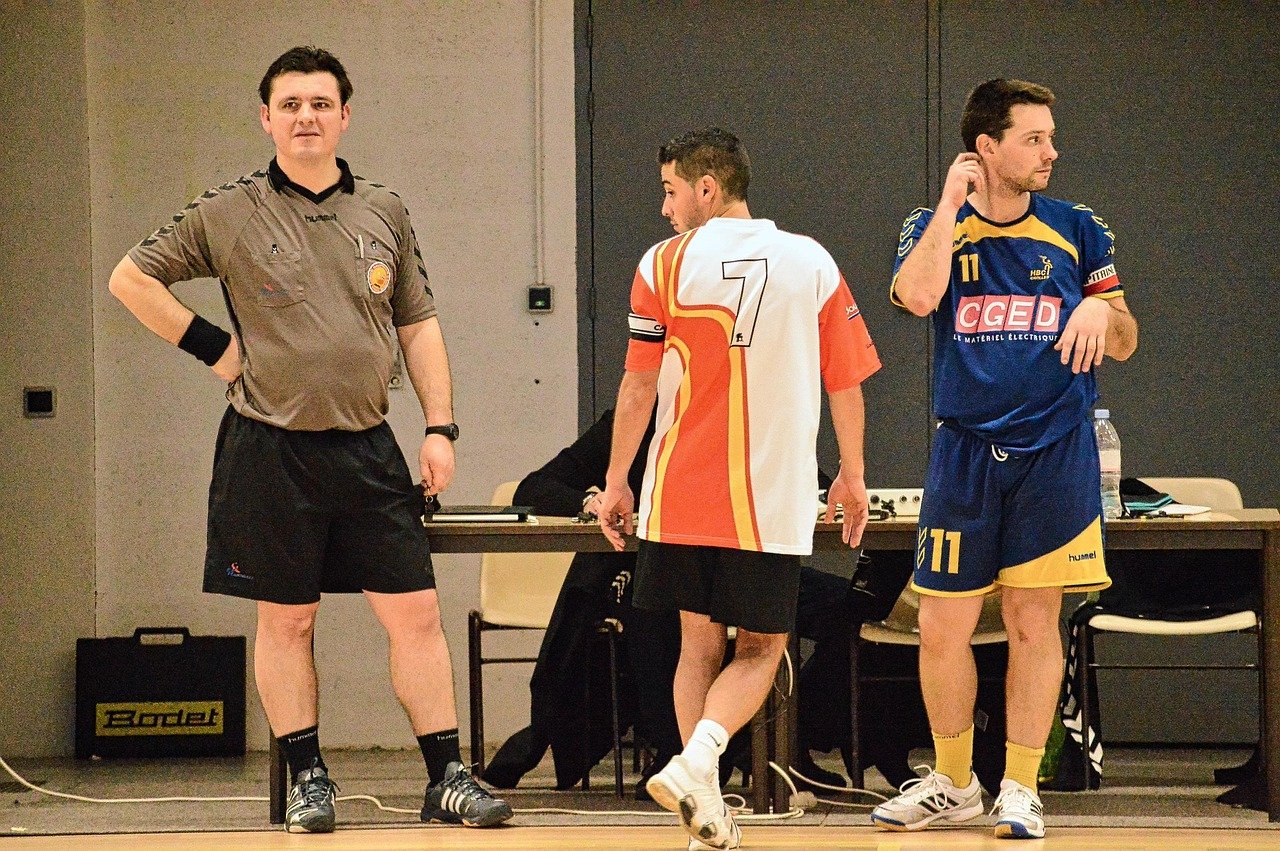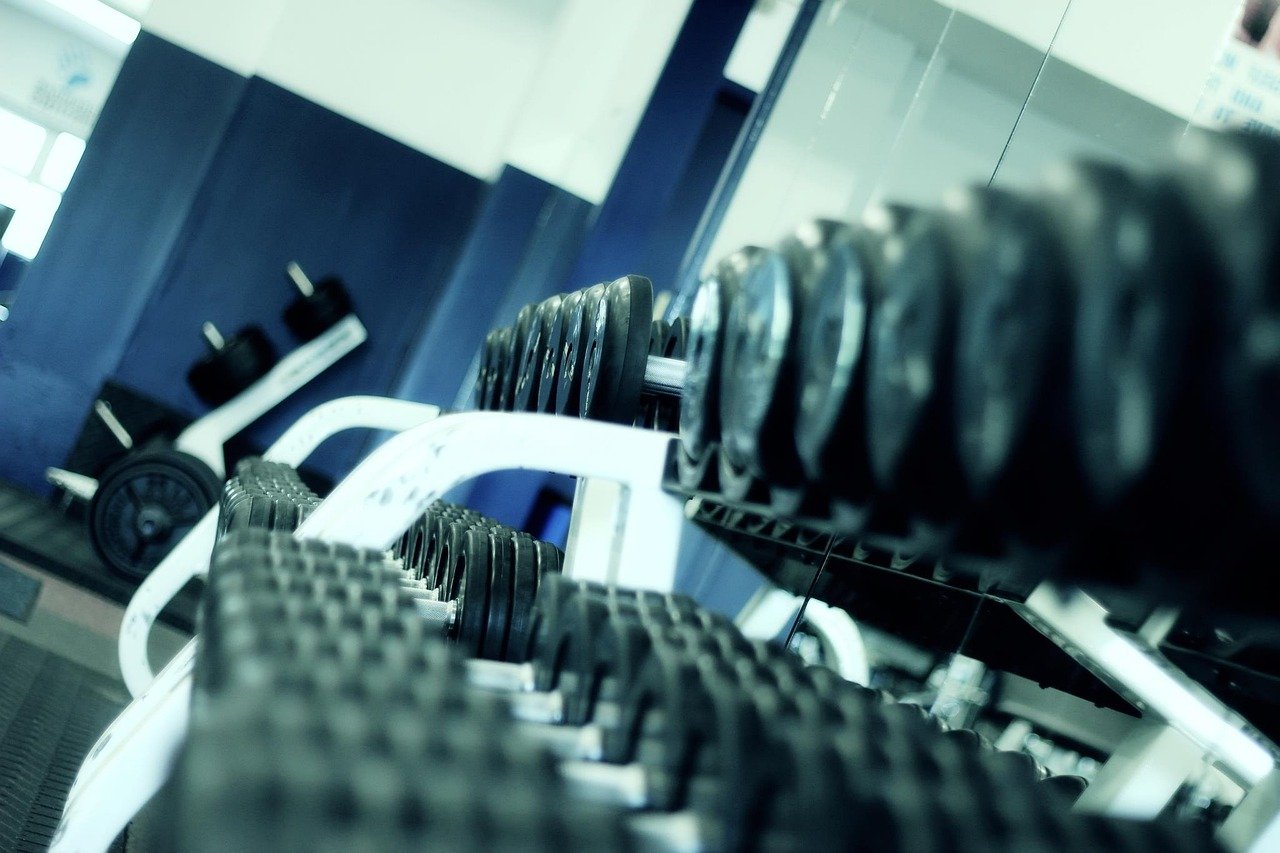Understanding the difference between defensive and offensive fouls in handball is crucial for both players and spectators. Each type of foul has unique implications for gameplay and strategy. In this blog, we’ll break down the key differences, common examples, and how referees make their decisions.
What Is a Foul in Handball?
A foul in handball refers to an illegal action committed by a player that disrupts fair play. Fouls can be physical or technical in nature and are generally penalised with free throws, suspensions, or turnovers depending on the severity.
What Is a Defensive Foul?
A defensive foul occurs when a defending player illegally impedes an attacking player. While defenders are allowed to use their bodies to block or contain opponents, there are strict limits on contact.
Common Defensive Fouls
- Holding or grabbing: Using hands or arms to restrict an attacker’s movement.
- Pushing: Applying force to displace an attacking player.
- Blocking from behind: Contacting an attacker from behind while they’re moving or shooting.
- Tripping: Deliberate or accidental actions that cause an opponent to fall.
Consequences
- Minor defensive fouls usually result in a free throw for the attacking team.
- Repeated or aggressive fouls can lead to a 2-minute suspension or even a red card.
- If the foul denies a clear scoring opportunity, it may result in a 7-metre penalty throw.
What Is an Offensive Foul?
An offensive foul is committed by the attacking team. These fouls typically involve illegal attempts to gain an unfair advantage by pushing, charging, or obstructing defenders.
Common Offensive Fouls
- Charging: Running directly into a defender who has established position.
- Elbowing: Using elbows to create space while dribbling or shooting.
- Illegal screen: Blocking a defender without proper position or movement.
- Hooking: Using arms to pull defenders out of the way.
Consequences
- The defending team is awarded possession via a free throw.
- In cases of aggressive behaviour, a 2-minute suspension or disciplinary action may follow.
Key Differences Between Defensive and Offensive Fouls
| Aspect | Defensive Foul | Offensive Foul |
|---|---|---|
| Committed By | Defender | Attacker |
| Common Actions | Holding, pushing, tripping | Charging, elbowing, hooking |
| Penalty | Free throw to attacker, suspension, or penalty throw | Free throw to defender, possible suspension |
| Purpose | Illegally stopping an attack | Illegally creating space or advancing the ball |
How Referees Decide
Handball referees make real-time decisions based on body positioning, timing, and the nature of contact:
- Positioning: Was the defender stationary or moving into the attacker’s path?
- Contact: Was the contact excessive, from behind, or from the side?
- Intent: Was the action deliberate or a byproduct of normal play?
Referees also consider whether the foul disrupted a clear goal-scoring opportunity or endangered player safety.
Avoiding Fouls: Tips for Players
Defenders
- Stay in front of attackers and use legal body positioning.
- Avoid reaching or pulling with your arms.
- Use footwork instead of physical force.
Attackers
- Don’t lower your shoulder into a defender.
- Avoid extending arms to push off opponents.
- Recognise when to pass rather than force a shot.
Final Thoughts
Understanding the difference between defensive and offensive fouls helps players avoid costly mistakes and maintain the flow of the game. Both types of fouls play a role in strategy and can significantly influence match outcomes. Whether you’re new to handball or an experienced player, being aware of what constitutes legal and illegal contact is essential.



